Summary
- MGS2 introduced revolutionary elements to the franchise, impacting future titles for two decades.
- Raiden’s introduction as the new protagonist changed the series forever.
- The S3 Plan and reveal of The Patriots deepened the lore and shaped the franchise’s history.
When Metal Gear Solid 2: Sons of Liberty was released for the PlayStation 2 in 2001, it wasn’t just a sequel to one of the PS1’s most iconic titles, it was a revolutionary examination of where the industry was headed and is what many consider one of the first examples of the postmodern video game. Its intricate and sharply detailed story explores the themes of artificial intelligence, identity, and information control, and it also made a lot of huge additions to the franchise mythology that would be felt for the next two decades.
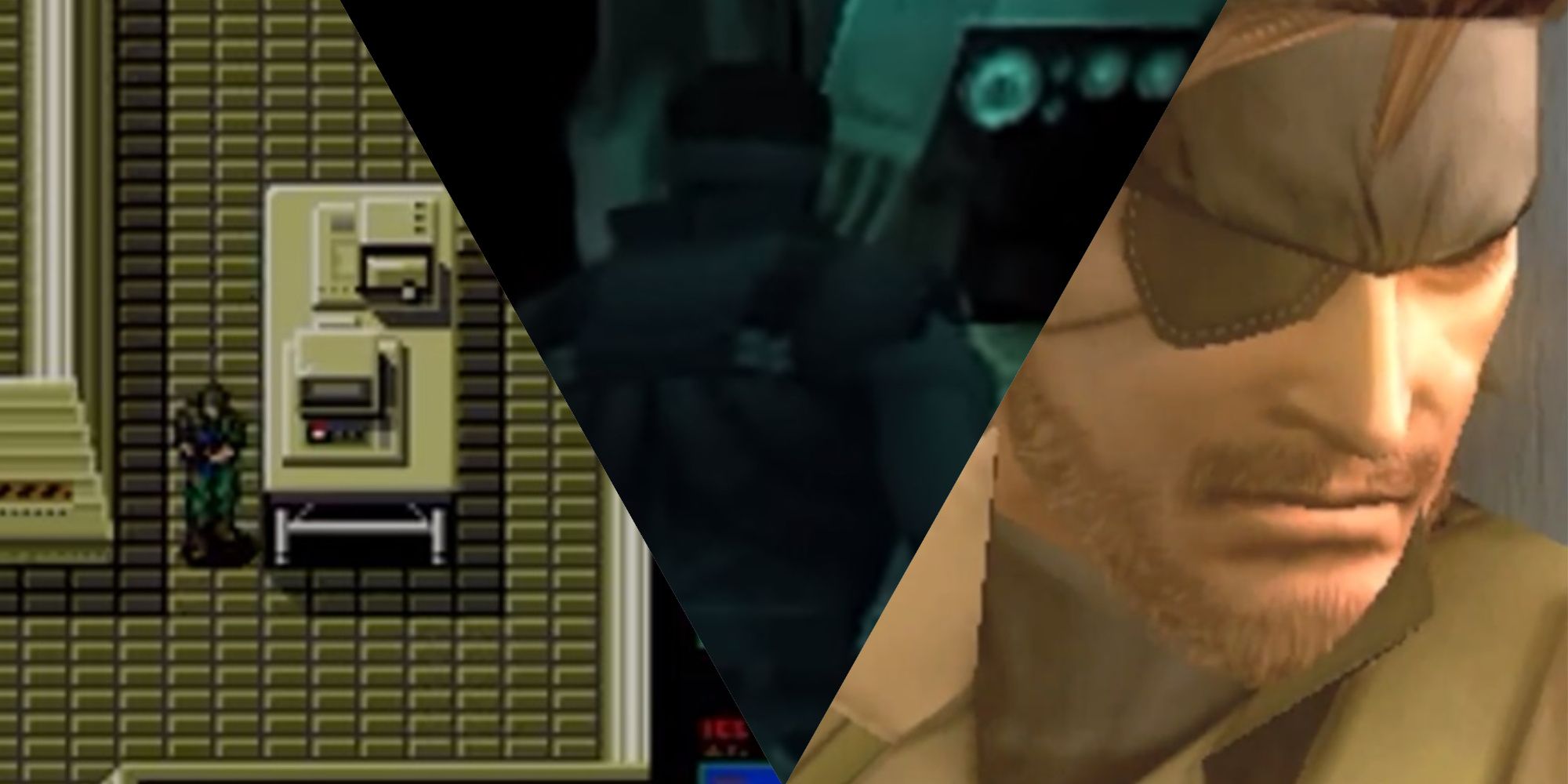
Related
5 Metal Gear Games That Changed The Franchise The Most
Metal Gear has seen several titles come along that have changed the course of the franchise, and these games are the ones that had the biggest impact.
Metal Gear Solid 2 was keen to shift everything that players had seen on the PS1, as well as find ways to alter the ways that MGS1 was perceived. Series creator Hideo Kojima introduced a few key story elements that would shake the foundation of the franchise moving forward, as its new characters, narrative elements, and plot twists would go on to heavily influence MGS3 and every title in the franchise moving forward. Whether it was an insidious organization working behind the scenes or a brand-new character that would become a major player in the game’s fictional history, Sons of Liberty was not shy about its intentions of flipping the series on its head. This masterful work is currently available on all modern platforms via the Metal Gear Master Collection.
1
Raiden’s Introduction
The New Protagonist Changed The Course Of The Series Forever
With the massive success of Metal Gear Solid on the PS1, series protagonist Solid Snake went from a minor star on the NES to one of the biggest gaming icons of all time. This made Kojima’s decision to shelve him in the early portion of MGS2 to introduce Raiden as the main protagonist in the game even bolder, as the grizzled edge of Solid Snake clashed with the all-business, by-the-books mentality of the rookie. It was a fascinating concept, driven largely by Kojima’s desire to have the audience see Snake outside themselves and just how much of a legend he truly is.
Raiden’s origin was also brilliantly woven into the story, as he was revealed to be a child soldier raised by Solidus, the third clone of Big Boss that was created from the Les Enfants Terribles project that started in the 1970s. Solidus served as the President of the United States during MGS1, and tying him to Raiden and further cementing his place in the franchise’s grand mythology was a brilliant move. Raiden’s complicated history would heavily influence his character in future games, as his ties to the game-changing events of MGS2 had a major impact on the rest of the franchise.
2
Liquid’s Possession Of Ocelot’s Arm
The Franchise Leans Into The Weird
In a franchise that revolved around global conflict with nuclear weapons armed by a bipedal walking tank and some rather eccentric villains, it was always seen as a bit over-the-top in most gaming circles. But with MGS2, Kojima leaned even further into his off-the-wall war saga, as the arm belonging to the deceased Liquid Snake was able to not only possess Revolver Ocelot during the Tanker section but also change his voice to that of the dead Big Boss clone. While previous games in the series had done some strange stuff, this delightfully absurd addition would fundamentally change the way Metal Gear operated moving forward.
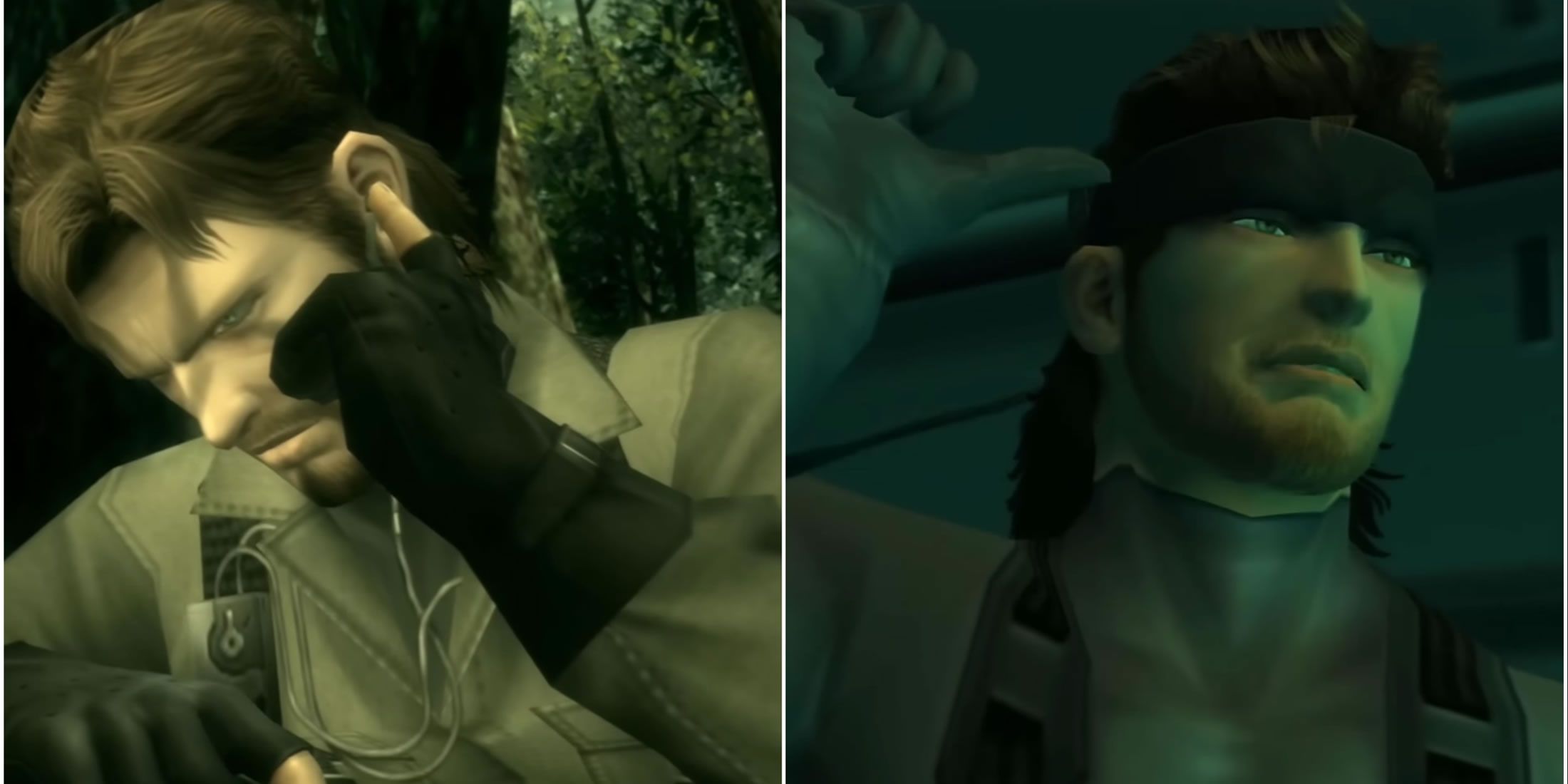
Related
Metal Gear Solid: 10 Best Codec Calls
Many iconic moments in the Metal Gear Solid series take place over the codec. These are just a few of the series’ most memorable calls.
Villains became more science-fiction driven as opposed to previous iterations, or at least the explanation for their power was rooted in some sort of outrageous science that surely did not exist. It meant that antagonists like Vamp and Fortune could exist within the world in believable ways while future villains in the series would follow suit. Outrageous, larger-than-life villains like The Pain and The Fury were only able to exist in Snake Eater thanks to Liquid’s possession of Ocelot. It elevated the world of Metal Gear from a slightly grounded spy thriller into full-on Kojima madness, significantly influencing every game in the series after.
3
The S3 Plan
The Selection For Societal Sanity
During the shocking final hours of Metal Gear Solid 2, the true nature of the game and its entire existence start to come into question, as Raiden’s journey through Arsenal Gear starts to raise some uncomfortable truths about who he can trust, as well as why he’s even here to begin with. Orchestrating the events to recreate the incident on Shadow Moses Island from MGS1, the Patriots wanted to use the S3 Plan as a way to control the population and examine how well the public could be manipulated.
Initially believed to stand for Solid Snake Simulation, it is revealed to stand for the Selection For Societal Sanity, as the Patriots’ desire to control information and create context that fits the narrative they want to tell is the entire reason that the game exists. It adds further context to MGS1, as the Patriots are watching these events unfold, and their flagrant crimes against humanity are made clear by the end of Sons of Liberty. The S3 Plan was the coming out party for the Patriots, as it would lead directly to their origins being expanded during MGS3 and their turn as the lead antagonists of Metal Gear Solid 4: Guns of the Patriots.
4
The Reveal Of The Patriots
A Group Of Powerful People That Have Controlled History
After Naomi Hunter is revealed as a traitor during the conclusion of Metal Gear Solid 1, Colonel Campbell suspects she might be part of “a different group,” a subtle implication, but one that showed just how much the lore and mythology that Kojima created was expanding. While it’s not confirmed, Campbell was likely talking about The Patriots, a clandestine organization made up of powerful, influential people that began post-WW2 as the Philosophers.
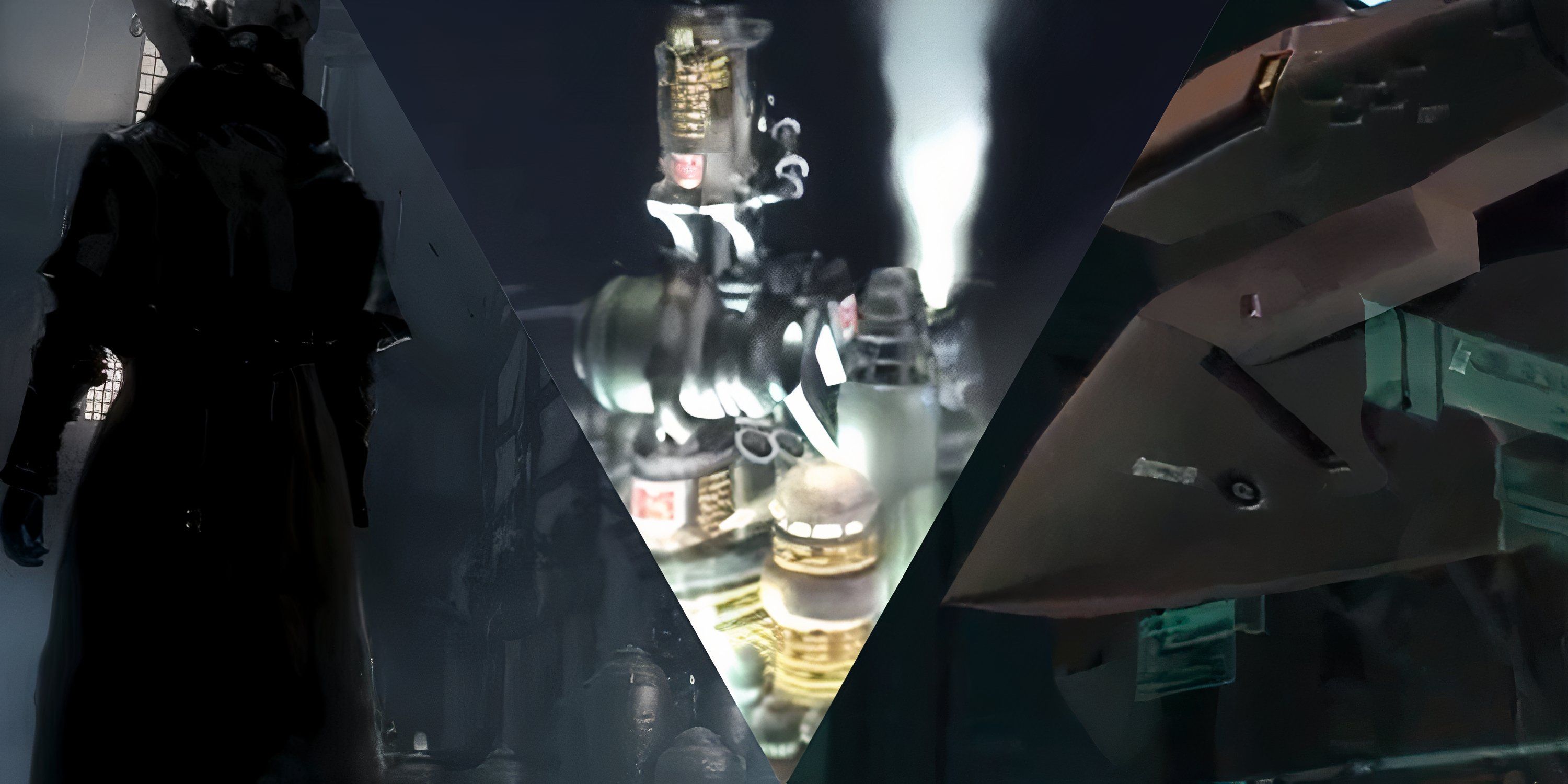
Related
7 Best Villain Organizations In Video Games
Villainous organizations are a major part of some of gaming’s most celebrated franchises, and these are where the best rank against each other.
Led by the Wisemen’s Committee, their attempts to control and influence American history and have complete control of the population began with subtle events that expanded into far more dangerous territory. By the time of Metal Gear Solid 2, they had changed their name to The Patriots, seeking to use every tool at their disposal to complete their quest. Though they first appeared in MGS2, they are solidified as one of the franchise’s most long-running antagonists, as they played a major role in nearly every single event featured in the series’s fictional history. Kojima fundamentally altered the entire course of Metal Gear history with the Patriots, a move that would guide the series to its final mainline entry with The Phantom Pain in 2015.
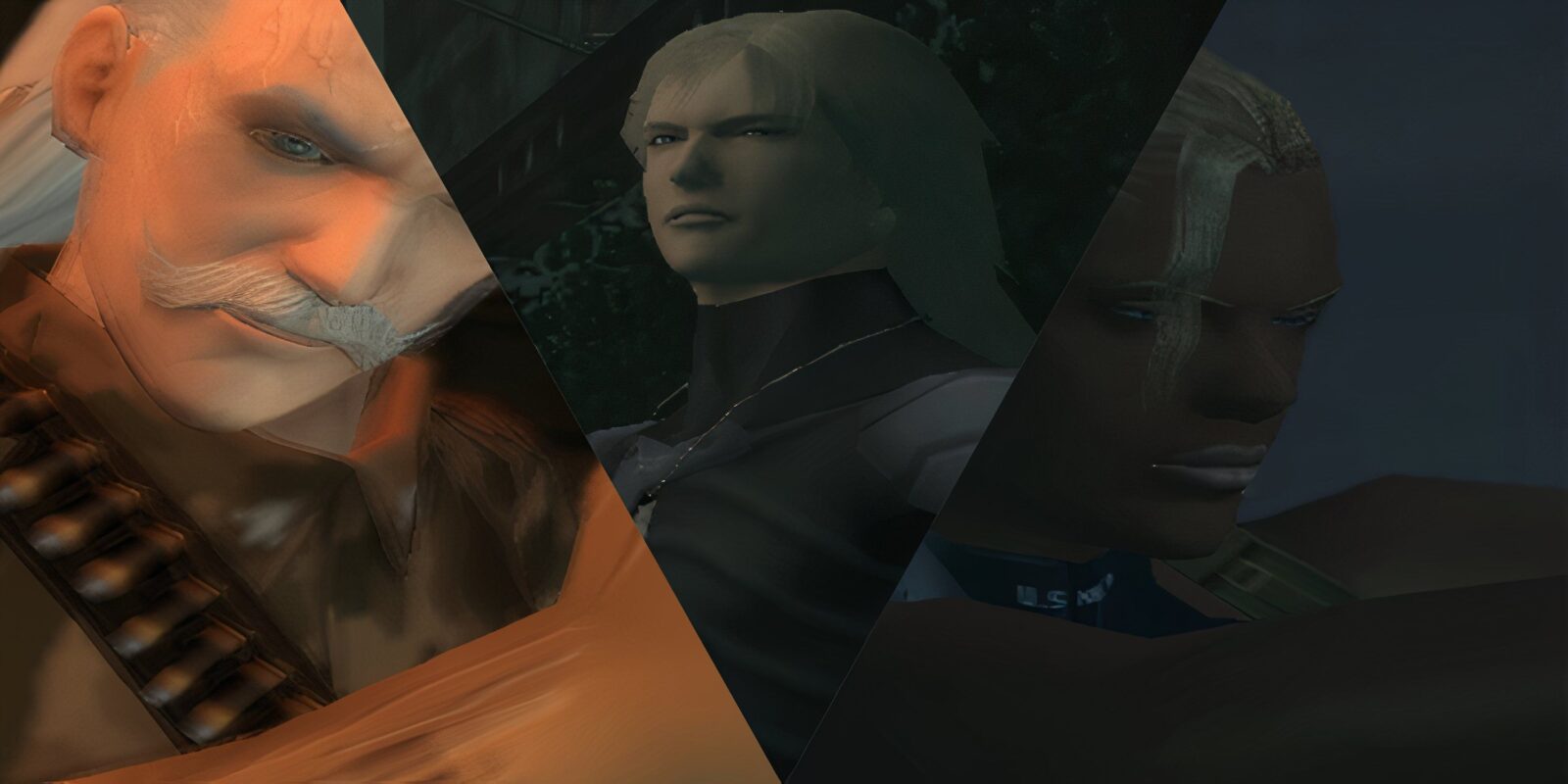
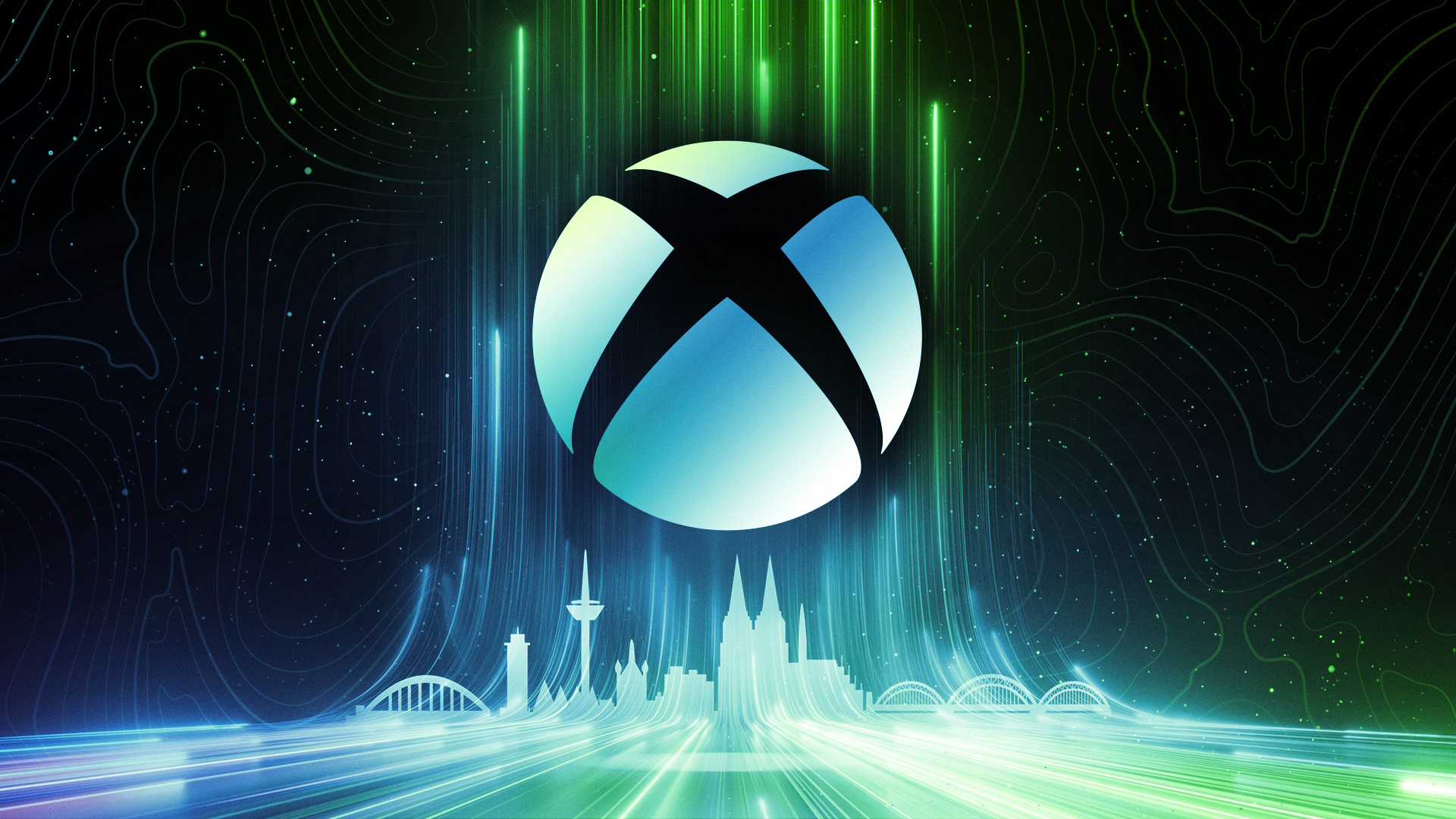
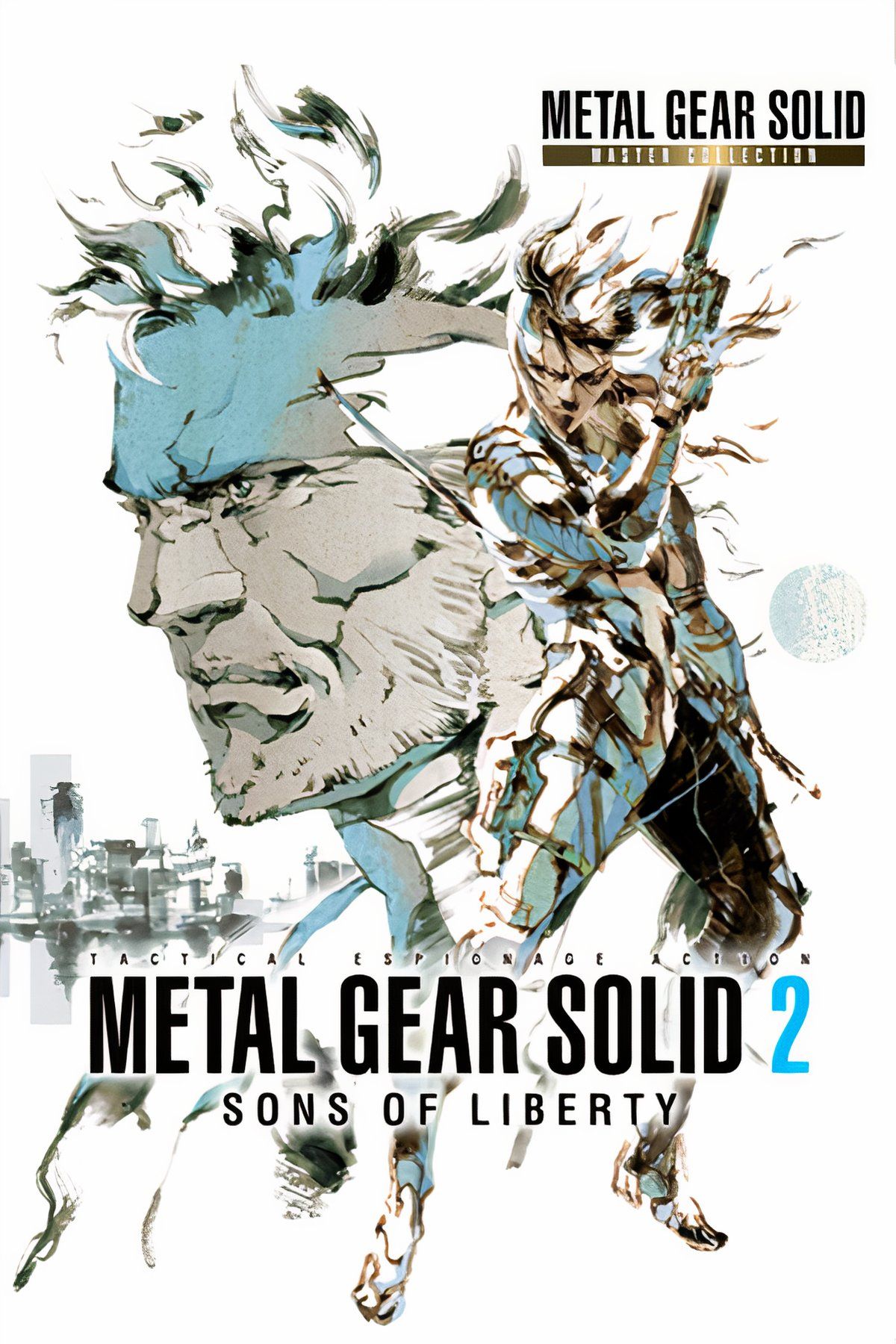






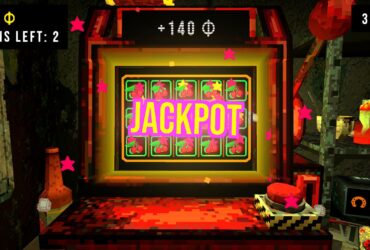


Leave a Reply